Manuel asked me if I had seen the avocados.
“No”, I answered, “where exactly are they?”
As we walked in the direction that he had nodded, I thought about not that many years ago when nutritionists were trying to cross paths with heart doctors and the dangers of cholesterol. A partial-understanding-of-the-complexity-of-metabolism-and-the-role-of-fats caused a veritable ban on avocados deeming them unhealthy and downright dangerous due to their fattiness. Trust humans to always go off the rails and confound discovery with aggressive, mostly uninformed overreaction when it comes to diet considerations.
Lord.
Decisions based on assumptions are going to always be a dicey proposition.
Do we care about that old misinformation? Heck no, I say. Let’s let bygones be bygone and go with what we know now.
Which is:
Avocados are about three quarters good, ole monounsaturated fat (which means that instead of being bad for your heart, this kind of fat actually reduces the level of bad cholesterol, thanks to the lack of carbon double bonds in those monos!) They have more potassium than bananas, are full of vitamins, and just for good measure, package it all in about half of the fiber you should get everyday to keep everything moving in the right direction, bowel wise.
You should probably be telling your kids: “An avocado a day keeps the doctor away.”
“These two trees are going to have a lot of avocados,” Manuel said. I smiled at him as we rounded the corner.
I looked at the trees, each about 15 foot tall and almost as wide and approximately 20 feet from each other. They were quite literally loaded with blossoms.
“Does anybody else grow avocados in Houston,” I asked him, thinking about the lovely, buttery creamy ones in Mexico the many times we’d come in from the field, hot and hungry, which are so not like the bins of dark, mushy fruit or rock hard, green supermarket choices.
He smiled and motioned me over to take a closer look.
What a weird blossom, I thought.
Clusters of tight buds, a few open as tiny flowers no more than a half inch across, decorated both trees. What part of this was going to be the avocado, I thought? If everyone of these was going to be an avocado, the things must grow in bunches like bananas. I tried to recollect stamen and pistil diagrams, vaguely recalling that there were ovaries involved all the while trying to dredge up any pictures of fruit hanging from an avocado tree.
Nope. Nothing. Which didn’t really matter, because once I got home and gave myself over to Google, I knew that ‘weird’ was not sufficiently eloquent to describe avocado reproduction. None of my rudimentary botany knowledge would have been up to the task of explaining how an avocado begats an avocado.
In the plant world they do what is known as synchronous dichogamy. Which means that the avocado has both male and female working parts in each flower (not unusual in the plant world) BUT that the timing of the male or female phases are completely different. The flower first opens for about 2 hours with the female part of the flower active.
The flower shuts down and then reopens several hours later with the male parts of the flower active.
I know. Incredible.
So how does fertilization take place, you might wonder.
Enter the bees.
Yes, for you to have avocados you must have bees.
It takes a bee to get the pollen of one flower that is currently in male mode all messy on her legs and then fly over to a flower in the female mode and unintentionally, inseminate the ovary.
See her getting all over that flower? See the pollen in her basket?
(The real beauty and science to that little pollen basket is that it holds the grains from wherever she’s been foraging, redbud, plum tree, pine, and camellia in her case. All sorted out properly through the dichotomy of genetics that is at once the same and different. Makes me think of the words relayed by Moses 4000 years ago: “And God said, Let the earth bring forth the living creature after his kind…” Oh yeah, baby.
Look close at this picture and you can see the fine grains of pollen on the stamen, just there for the taking:
It took me three days to figure out how the trees were timing everything.
When I could finally tell the difference between the male and female flowers, I noticed that at 2 pm one afternoon, when the bees were going so crazy on the trees I could hear their gentle humming, the blossoms on one tree were almost exclusively in the male phase while on the other tree they were mostly in female phase.
Now mind you, I am not saying this is the way all avocado species do it or even all of the same species do it everytime, but this time, this is the way these two trees were handling the matter.
How absolutely incredible.
Manuel showed up while I was snapping the photos.
“Going to be a lot of avocados, aren’t there,” he smiled, as a bee buzzed past him on her way to get to the avocado nectaries. She was off to do the job that only she could do. Pollinate the avocado flower.
“It sure is good we have the bees,” he finished.
Yes. Yes it is.
From bee…
… to baby:

For more incredible information, go to: Avocado Information from U. of California and Avocadosource.com, the Free Virtual Library of Avocado Knowledge, and Authority Nutrition: and Evidence-Based Approach.

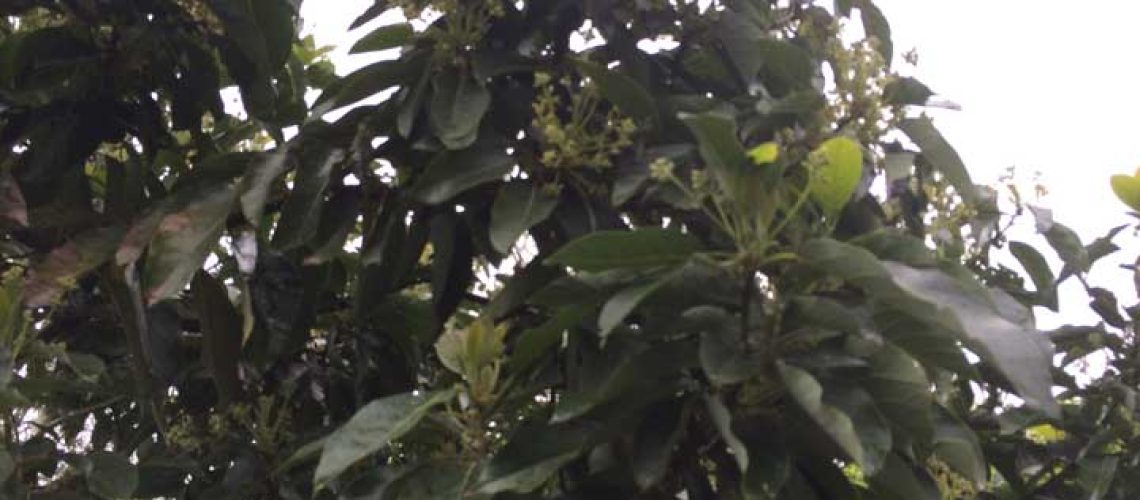
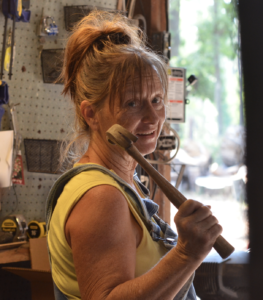
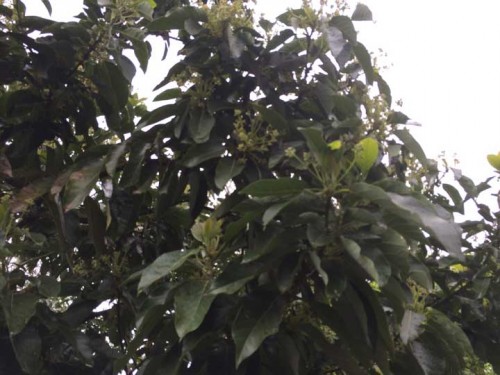

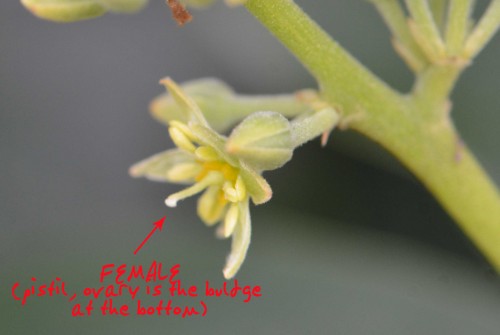

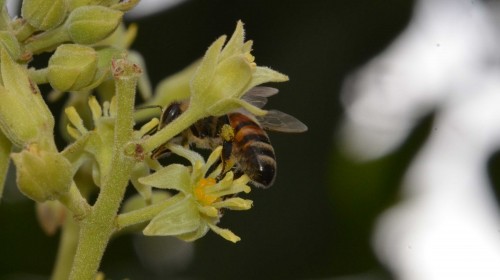
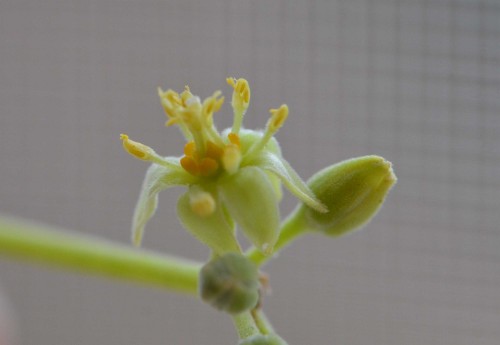
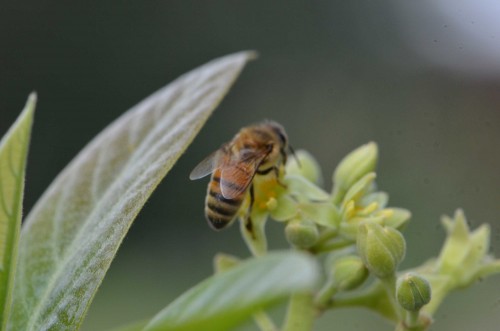


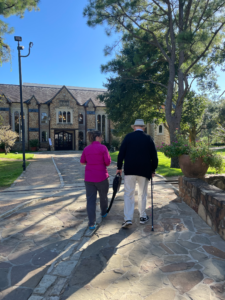
2 Responses
Yay! I’m so very proud you wrote this. I love avocados! But like so many, I only treated myself occasionally because they were purported to be so bad! I’m relieved and excited. They’re terribly expensive in Arkansas and I hope that those trees are actually on your farm 🙂 Love the pictures and the science behind it all. So fascinating! THANK YOU! 🙂